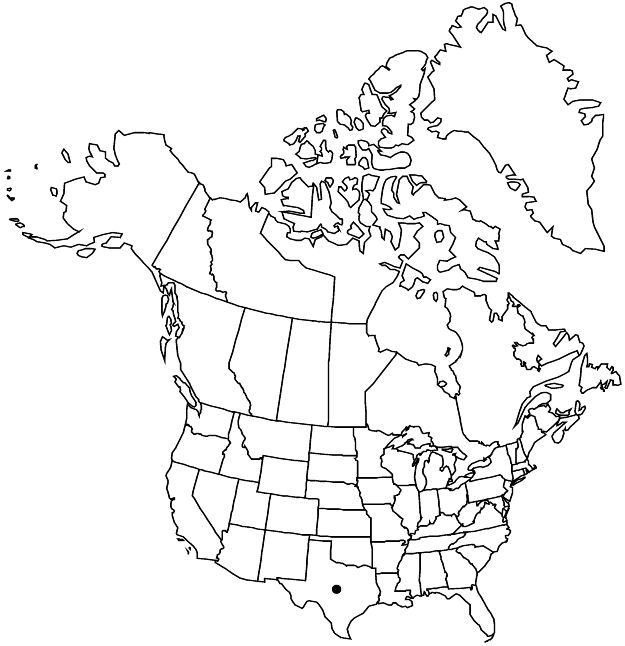Argythamnia argyraea
Madroño 8: 92. 1945.
Herbs, perennial, dioecious, rarely monoecious, to 3.5 dm. Stems erect, densely hairy, hairs silvery, malpighiaceous. Leaves: stipules deciduous, oblanceolate or obovate to ovate, 0.2–0.3 mm, margins not glandular; petiole 1–3 mm; blade elliptic to ovate, 0.9–4 × 0.4–0.8 cm, margins entire, without glands, surfaces densely hairy, hairs silvery, malpighiaceous. Inflorescences unisexual, pistillate 0.5–1 cm, flowers solitary, staminate 1–2 cm; bracts ovate to elliptic, 0.4–0.5 mm, margins without glands. Flowers usually releasing pink dye when wetted. Staminate flowers: sepals linear to lanceolate, 2–5 × 0.3–2 mm; petals linear-lanceolate, 3–5 × 0.5–0.6 mm, free from androphore; nectary glands ovate, 0.1–0.2 × 0.1 mm, free from androphore, glabrous; stamens 10, staminodes 5, punctiform, glabrous. Pistillate flowers: sepals elliptic, 3–4.3 × 0.8–2 mm, without glands; petals 5, lanceolate to linear, 1.5–2 × 0.3–0.5 mm; nectary glands oblong to linear, 0.8 × 0.5 mm, glabrous; ovary hispidulous; styles 1–1.7 mm, pilose; stigmas flattened. Capsules 4–5 mm, hairs adpressed, short, silvery. Seeds 2.3–2.5 mm, finely papillate.
Phenology: Flowering Apr–Jul.
Habitat: Shortgrass grasslands or open shrublands on whitish, clay soils.
Elevation: 100–400 m.
Distribution

Tex.
Discussion
There are very few collections of Argythamnia argyraea, which is endemic to south Texas in Kinney, La Salle, and Maverick counties. Plants of Argythamnia argyraea are usually dioecious, but William Mahler found that larger plants are occasionally monoecious (J. Poole, pers. comm.).
Selected References
None.